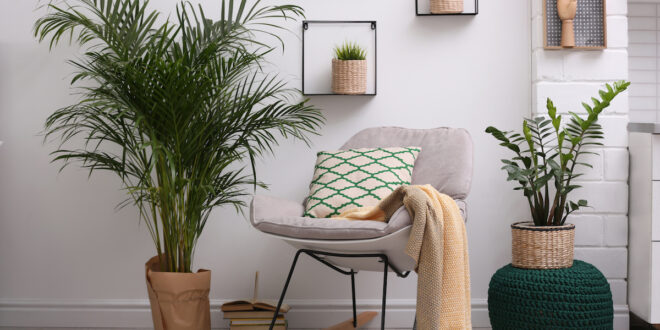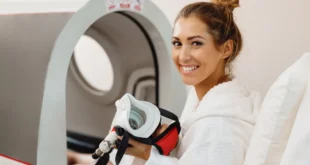Do you have a desire to have a green thumb? Most of the time, you may have a desire to keep your plant alive and green reflecting beautiful nature. But not everyone has a green thumb, some are unable to keep their plants alive.
The gardening stresses may demoralize one desire for plants. Having potted houseplants may require some skills to maintain and care for them. The skills are learned and are beneficial to ensure proper care of your potted plants.
With love and commitment, it’s easy to learn these tips and apply them. The article will broadly give elaborated tips on how to care for your potted house plants. However, the given tips are not limited and you can add as per your desire. They are just basic and essentials ones that have proven to be more effective. Find more here on houseplant care tips.
Table of Contents
Here is a Brief Overview of Houseplant Care Tips
All plants have similar needs that necessitate their growth. However, they may differ slightly on the kind of treatment they require depending on the environment your plant is exposed to. The following are a few tips to take care of the potted indoor plants.
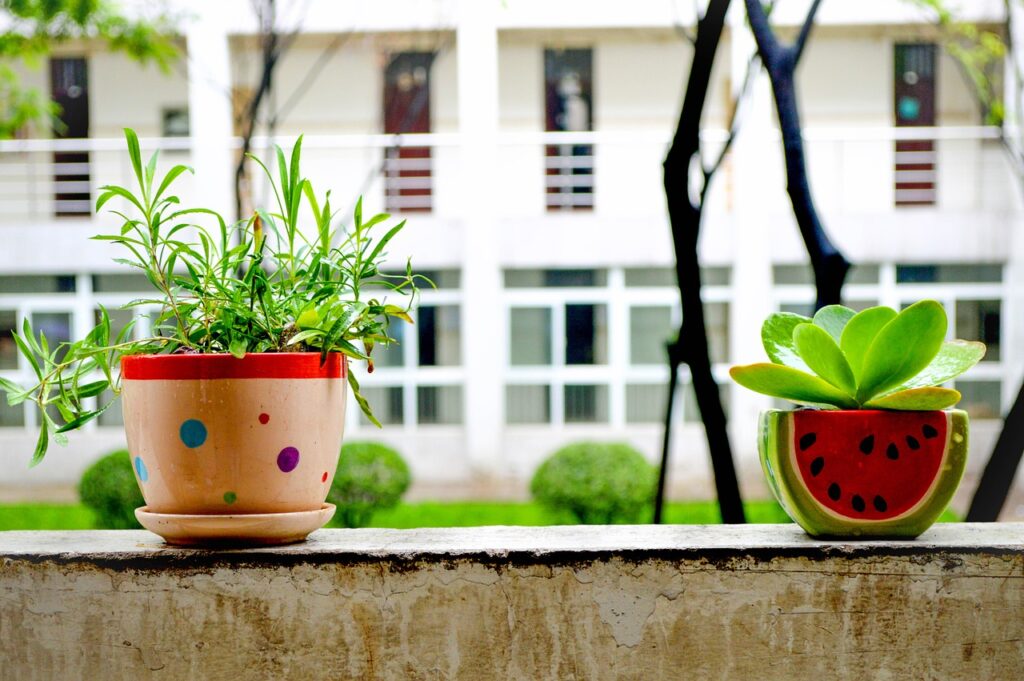
1. Choose the correct pot
A good pot facilitates water drainage and still allows the soil to absorb enough water that it requires. If the pot lacks good drainage, it may hold extra unnecessary water which can be absorbed by the plant. This may lead to the ‘drowning’. If you realize it has wilted and droopy signs, yet the soil is still damp, it simply means your pot lacks good drainage keeping the plant too wet. Similarly, it needs enough space for growth. The roots should get enough place to stretch to support the upper part of the plant. If the roots can’t support the whole plant, it may wither and die since the root is unable to support the foliage in it. Therefore. Don’t just choose a pot for your plant, ensure you choose the best. One that allows and gives room for the roots to stretch and also good drainage.
2. Use good potting soil
Plants do well in different soils and therefore it’s not just enough to scoop some soil in the backyard and plant your potted plant there. If you’re repotting your houseplant from the original pot and soil, it’s good to buy potting soil too. This will ensure a consistent supply of similar nutrients. The original mix of soil contains extra nutrients or fertilizers that ensure your pot plan remains strong and healthy. Depending on the type of plant you are dealing with, ensure you get the specific potting mix designed for such a species.
3. Watering
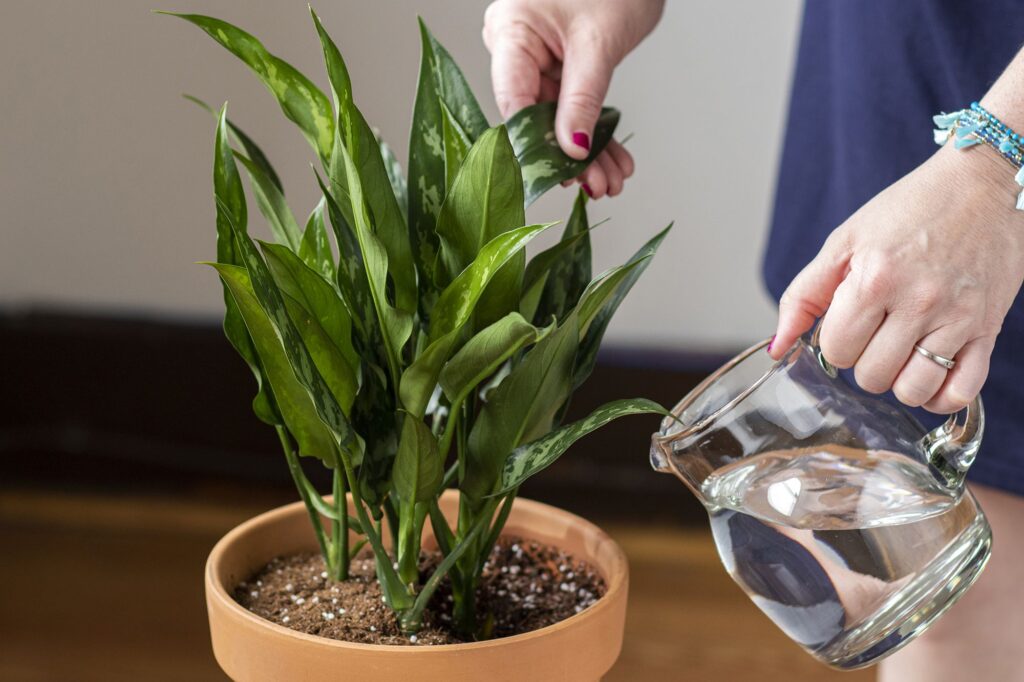
If you’re new in plant care, watering may be a bit stressful. If you water it too much, it may drown. And if you water too little, the plant may dry and die. This simply means that watering requires balancing between the two extremes.
Also, it’s important to understand the nature of it and the condition they grow well in. Some of them may live in moist soil, while others may prefer when you allow the soil to dry out between watering.
It’s easy to know if your plant is dying of thirst. In case you notice the leaves are turning dry, brown, and shriveled, it means it needs water. On the other hand, you can note whether your plant is well watered. By feeling the soil, preferably at the edge of the pot, if the soil feels dry and crumbly then it means it needs to be watered and vice versa. When watering, ensure your water until the soil can’t absorb any more water or until the water runs out the hole in the bottom of the pot. How often your plant needs watering, will depend on the species of it.
4. Give them plenty of light
Light is necessary for the photosynthesis process. Plants differ in terms of light preferences, which is shade versus sun. However, no plant can grow with absolutely no light. Dark rooms and enclosed corners may affect the growth of it. Therefore placing your potted houseplants where they can access sunlight or enough light intensity, will ensure proper growth. Places such as windowsills or any place in the room where they can access enough light or sunlight will foresee your plant do well.
5. Keep your pet away
If you’re a pet person, then it’s good to know that pets can interfere with your houseplant. Pets may love them to play around it which may lead to destroying it or completely killing it. Therefore, to keep them off, place your potted plants in places your pets can’t access. Probably high up on the counter or top of the cabinet. Keep it away from any possible harm. Also, you can tame your pet to stay away from your plant. It’s good to note that some plants may be poisonous to animals, therefore it may end up causing harm to your pet instead. Therefore, ensure both your plant and pet are all safe and in good condition.
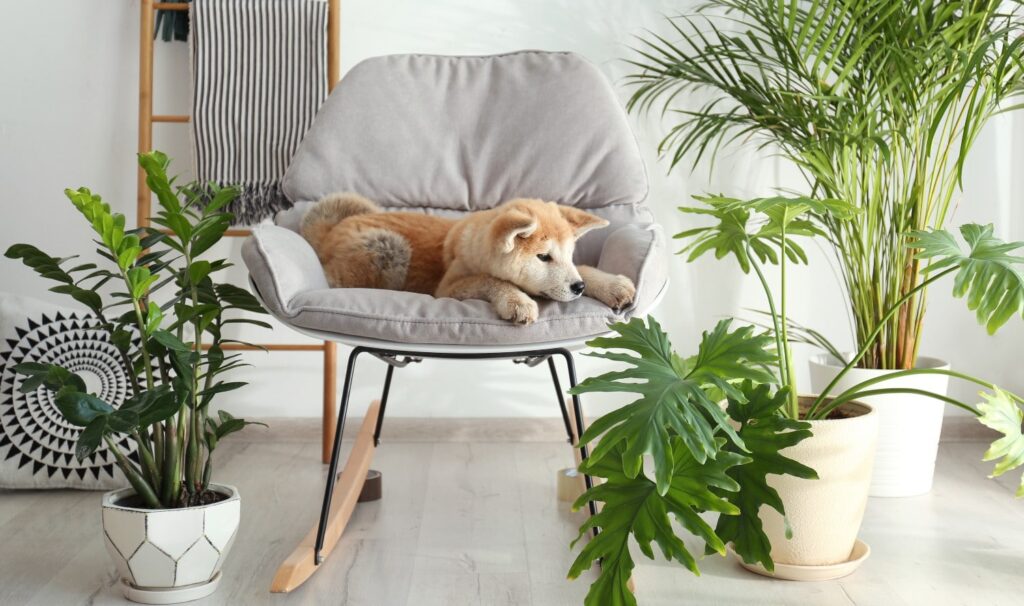
6. Learn about your plant
It’s not just enough to have a potted plant in your house. For better care of your houseplant, take time to study about it. Do a bit of research on it, the type and kind of special treatment it may require. By learning about your plant, you will get to know how often to water it, the type of soil to use, the extra nutrients you can add, or the light intensity it needs. Every plant has a set of special treatments they need. Though all of them may have similar rules and requirements, you will experience the best results and beauty in your plant by understanding the uniqueness of it.
In summary
To sum up, to experience the beauty of your potted houseplant, treat them as special. Do not stop learning about them broadly. Take your time and give them attention to care for them. Potted houseplants are special species and therefore will require special treatment than the garden ones.
Check Also: How to Grow and Care for Succulents Indoors
 World Magazine 2024
World Magazine 2024
